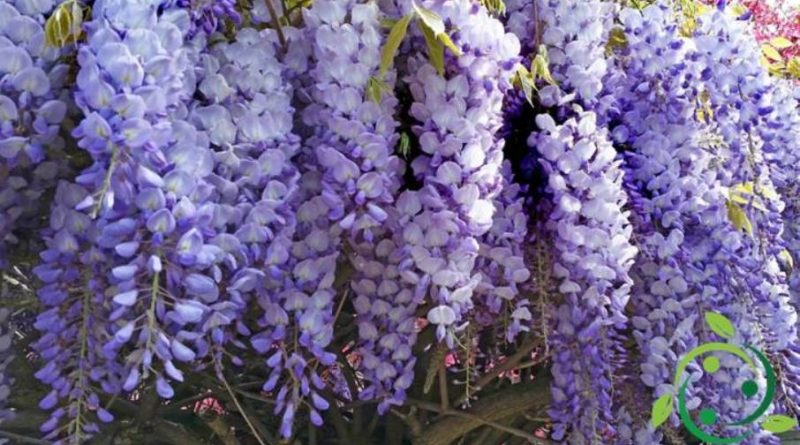How to grow wisteria
How to grow wisteria
Il Glicine (Wisteria Nutt.) Is a genus of climbing plants belonging to the Fabaceae family (Leguminosae); the genus name was attributed in honor of Gaspare Wistar (1761-1818) who was a Philadelphia anatomist scholar. In this sheet we will see the most important physiological notions and how to grow wisteria. These are plants of which some species can reach considerable size with landscape decorations, colors and aromas of absolute importance. For this reason, wisteria is one of the most sought after and widespread climbing plants; among the most cultivated species we mention the Wisteria sinensis (Sims) DC., native to China and the Wisteria floribunda (Willd.) DC., originating in Japan. The wisteria plant needs a deep and fresh, clayey soil rich in nutrients, even if it adapts to any type of soil, excluding calcareous ones.
The irrigations must however be moderate, to obtain compact forms and blooms collected; it is also necessary to perform a “spur” pruning every year before the vegetative restart, ie cutting out the hunt for a year and leaving only a few buds. For some very lush species there is also a green summer pruning.
Furthermore, during the first two years of the plant it is recommended to proceed with mineral-based fertilizations rich in phosphorus and potassium (and for this reason the use of ash is optimal), elements that help the maturation of the buds.
For those who want to grow the wisteria in pot it is advisable to use those of the Brachybotrys group, originating from Japan. In fact, these wisterias have a smaller development compared to the Wisteria sinensis and Wisteria floribunda species and are characterized by slimmer branches and fragrant and rather large flowers, gathered in short and squat bunches. Among these species we mention: Wisteria brakybotrys Shiro Kapitan Fuji, Wisteria brachybotrys Showa Beni and Wisteria brachybotrys Iko Yama Fuji. In any case the vessels must be of large and deep dimensions to allow an adequate radical development. The young plants, to be cultivated in pots, should be opportunely pruned to form small characteristic and very flowering small trees.
We remember that wisteria is an excellent ornamental plant for covering walls, pergolas, fences or climbing trees, gardens and terraces thanks to its rapid development;
The wisteria can be subject to some parasites, among which the most “boring” are the aphids, especially during the spring period, and the mites; moreover, in soils with limestone content even minimal it can be more easily subject to chlorosis, due to the lack of availability of some elements such as iron.

